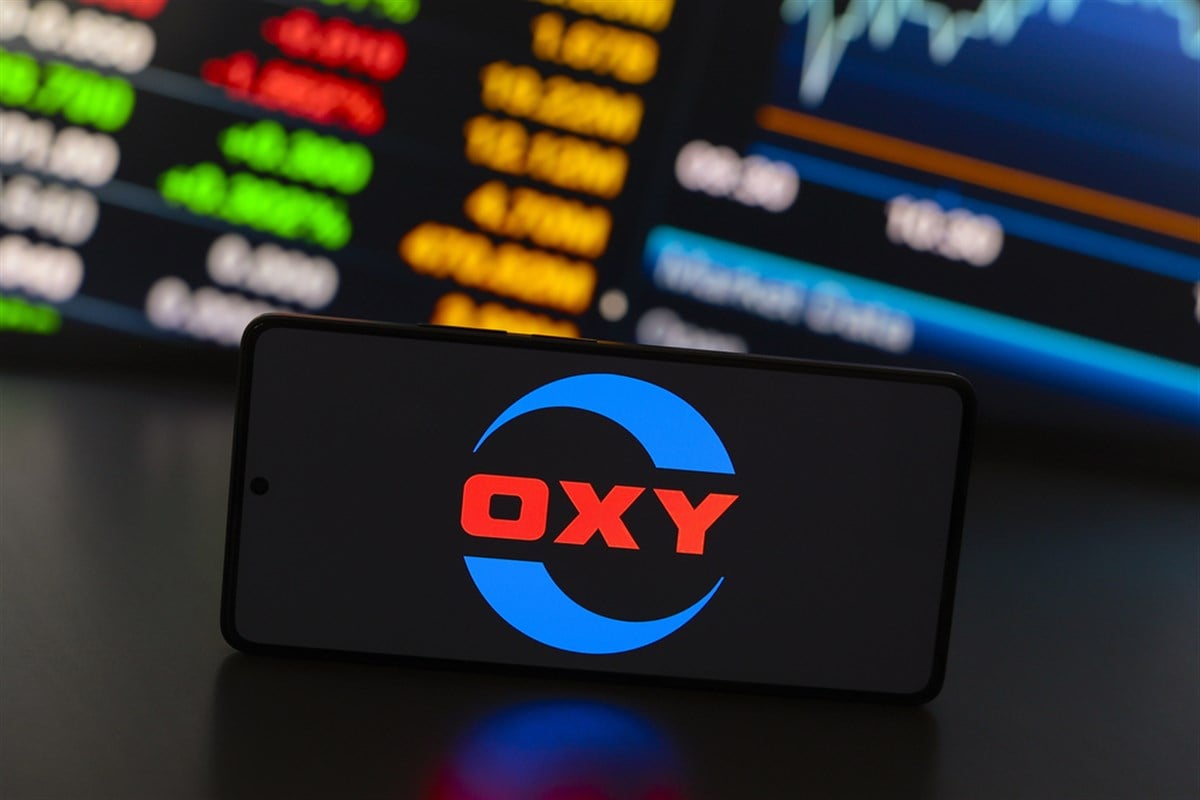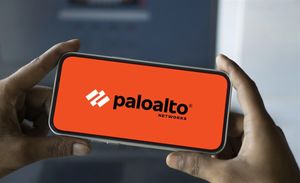
Occidental Petroleum Corp. (NYSE: OXY) is down 13.4% in 2024 and over 20% in the last 12 months. However, that hasn’t seemed to bother Warren Buffett one bit. His Berkshire Hathaway Inc. (NYSE: BRK.B) portfolio has continued to buy OXY stock. As of this writing, Berkshire owns approximately 29% of Occidental, with regulatory approval to buy up to 50%.
Conversely, in the last quarter, Berkshire Hathaway sold 4.3 million shares of Chevron Corp. (NYSE: CVX). However, since the fourth quarter of 2022, Buffett has sold CVX stock on seven occasions, totaling 73.08 shares.
It’s not surprising that Buffett likes energy stocks, including oil stocks. According to the International Energy Agency (IEA), fossil fuel demand is expected to peak in 2030. That’s a nod to the growth in renewable energy solutions, which are starting to grow at scale.
That would seem bearish for oil, but if you knew that notebook paper would be extinct in 10 years, you’d probably be buying stock in any company that sold pens. That's the opportunity in oil. Plus, the reality is that even if oil demand peaks in 2030 (a big if), it won’t be like flipping off a light switch.
Even if oil stock prices are cyclical, many of these companies pay a solid, growing dividend and perform regular share buybacks to increase shareholder value. Those are two things that align with Buffett’s investment philosophy.
Why Buffett Likes OXY Stock
Warren Buffett has made no secret of his admiration for Occidental’s CEO, Vicki Hollum. In 2019, the company acquired Anadarko for $55 billion, which created a significant level of debt. However, it has cut that debt by more than 50%, and the expectation of higher oil prices will allow the company to continue that effort.
The price of oil is another reason why Buffett likes Occidental. The company generates the bulk of its revenue from its upstream drilling business. That means when oil prices rise, Occidental will benefit more than a company like Chevron.
However, a key reason Buffett prefers OXY stock is an investment he made in the company before becoming a shareholder. Specifically, Berkshire delivered $10 billion to help Occidental win a bidding war with Chevron for Andarko. At that time, Occidental rewarded Berkshire with $10 billion in preferred stock, which has an 8% annual yield. Berkshire also owns warrants to purchase up to 80 million shares of OXY common stock.
The Straw Man Fallacy: Liking Occidental Doesn’t Mean Hating Chevron
You’ve likely seen it happen: someone says, “I like pancakes,” and the response is, “So you hate waffles.”
That’s an example of a straw man argument where the original statement (liking pancakes) is oversimplified or exaggerated to mean they must hate waffles as if that was the only choice.
Investors should be careful not to create a straw man argument for Occidental Petroleum and against Chevron. Warren Buffett does, in fact, not hate Chevron. He started buying CVX stock around the same time he started buying OXY stock. However, looking at his buying and selling activity suggests that the CVX price (not the valuation) may have become too rich for Buffett. Chevron has also been tied up in a legal battle regarding its merger with Hess Corp. (NYSE: HES), which won't be finalized until 2025.
In fact, Berkshire Hathaway owns approximately 6% of CVX stock, and it remains the fifth largest holding of Berkshire-Hathaway, just ahead of, you guessed it, Occidental Petroleum.
OXY vs. Chevron: Which Stock Fits Your Investment Strategy?
In the final analysis, it’s clear that Warren Buffett is still a fan of both Occidental Petroleum and Chevron. The combined companies account for approximately 10% of Berkshire Hathaway’s entire portfolio. If you put the combined amount of the two companies' stocks that Berkshire owns, only Apple Inc. (NASDAQ: AAPL) would carry more weight on a percentage basis.
However, at this time, for the reasons listed above, OXY is Buffett’s preference. However, the right investment for you depends on your particular investment strategy. For example, if you’re an income investor, it’s important to note that Chevron pays a much more attractive dividend with a yield of 4.38%. And that dividend has been growing at an annualized annual rate of 5.38% over the last three years. That’s nearly twice the rate of the current rate of inflation.






